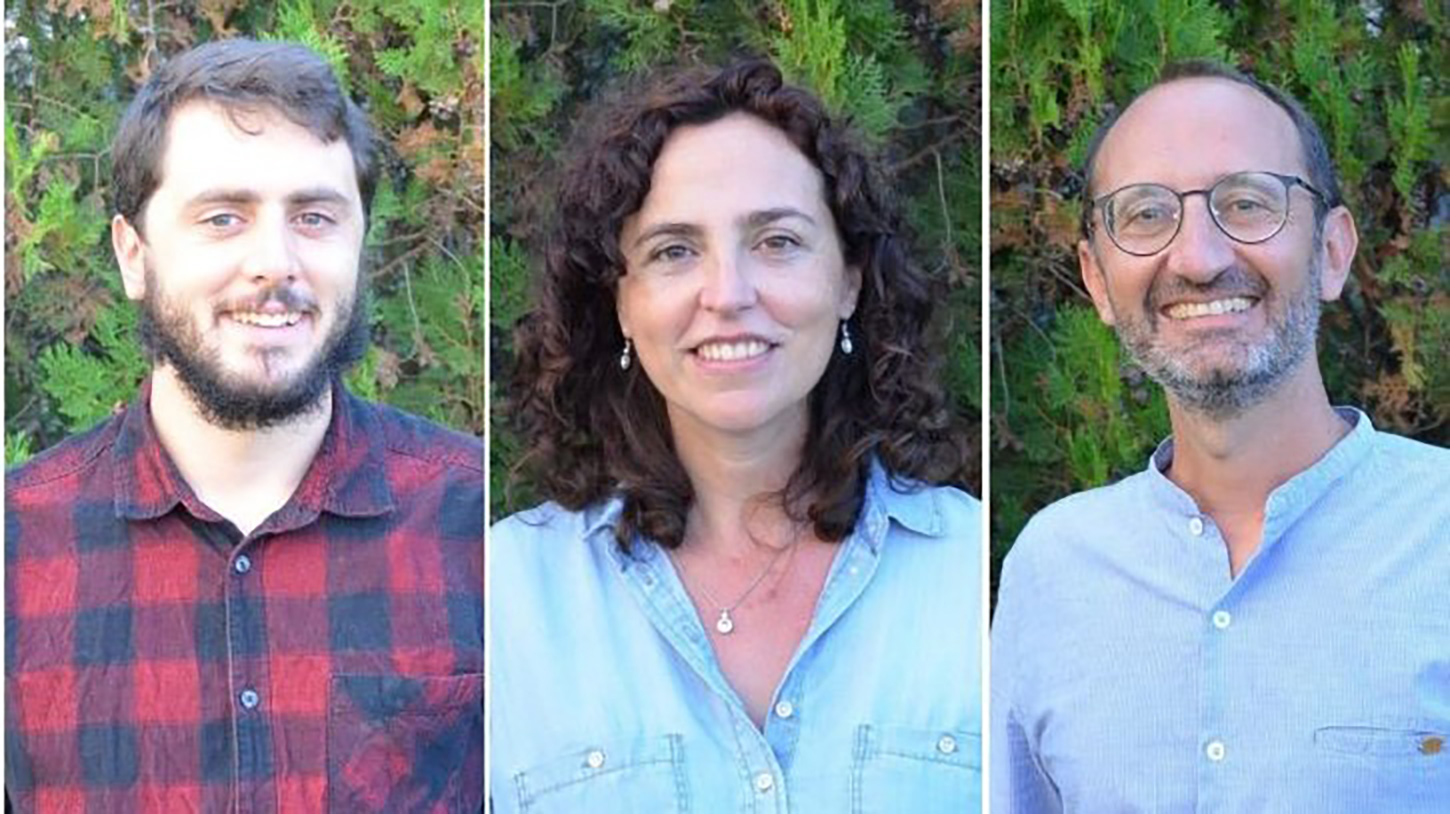An international research team, led by the Image Processing Laboratory (IPL), located at the Parc Científic of the academic institution, automatically identifies the most relevant changes that have occurred on planet Earth in the last 10 years and determines whether their causes are natural or anthropogenic
The results of the work, published in National Science Review, are obtained by combining a new statistical method with data from ESA's SMOS satellite, which regularly provides global maps of soil water content and vegetation. The IPL, located at the Parc Científic de la Universitat de València (PCUV), together with research staff from the Laboratoire des Sciences du Climat et de l'Environnement of the Université Paris-Saclay, and the INRA Bordeaux Aquitaine Center, found that the coupling between soil water content and vegetation water content is key to understanding the ecological dynamics of large ecosystems and their interaction with climate and human activities.
The Earth is constantly changing in many different ways. This can be observed from space thanks to the information captured by satellite sensors. The paradigm "dry gets drier, wet gets wetter" has been suggested in the literature to characterize the most obvious effects of global warming on the planet. But until now it had not been quantified from the consideration of two factors at the same time: soil water and vegetation water. Likewise, the research team now confirms that, over the last decade, changes occurred not only from dry to dry and from wet to wet, but also from dry to wet and vice versa.
The results of the work, published in National Science Review, are obtained by combining a new statistical method with data from ESA's SMOS satellite, which regularly provides global maps of soil water content and vegetation.
The published study shows notable changes related to human activity (deforestation and forest fires, artificial reforestation, abandonment of crop fields) and climatic changes related to rainfall variability, among others. But the most innovative results of the work have to do with the capacity of the system used; it is a method that is capable of automatically identifying the areas of the planet most affected by the main trend changes in both soil water content and plant water content, and of discerning whether the change detected is a product of nature itself or is due to anthropogenic causes.
To do this, the team uses data on soil moisture (SM) and vegetation optical depth (VOD) from the Soil Moisture and Ocean Salinity SMOS mission of the European Space Agency (ESA). It is the first mission designed to measure the soil moisture of the planet, but also to measure the water content of plants and the salinity of the oceans.
It is the first mission designed to measure the humidity of the planet's soil, but also to measure the water content of plants and the salinity of the oceans.
New approaches
"The paper presents a basic statistical analysis to extract trends in SM and VOD over the last decade. Unlike previous approaches, which focused on analyzing trends in a single variable, in this case what we have done is to use soil moisture and plant water content data together, and this has allowed us to identify spatial patterns very clearly," says Gustau Camps-Valls, head of the Image and Signal Processing group (ISP-IPL) at the Universitat de València and holder of two ERC grants.
Diego Bueso, researcher at the IPL and first author of the work, states that "the challenge was to find an explanation for the changes; to find their causes. Although in some cases they were obvious, such as deforestation in the Amazon, we have also been able to identify different sub-regions with contrasting behavior; some due to massive logging and others more subtle due to climate impacts".
The study is based on the first record of global L-band microwave satellite estimates from 2010 to 2020 from the SMOS mission. "Our work illustrates the value of satellite missions that measure the Earth's emission at microwave frequencies, particularly in the L-band, which is very sensitive to water content in soils and vegetation, even in regions with densely vegetated areas such as the Amazon, making it unique," explains Maria Piles, Ramon y Cajal researcher in the ISP group and member of the advisory group of the future CIMR mission, part of the European Commission's Copernicus system expansion program.
"The challenge was to find an explanation for the changes; to find their causes. Although in some cases they were obvious, such as deforestation in the Amazon, we have also been able to identify different sub-regions with contrasting behavior; some due to massive logging and others more subtle due to climate impacts", Diego Bueso, researcher at the IPL and first author of the paper.
News in the media
https://www.levante-emv.com/cultura/2023/03/08/satelites-pulso-tierra-84278060.html


